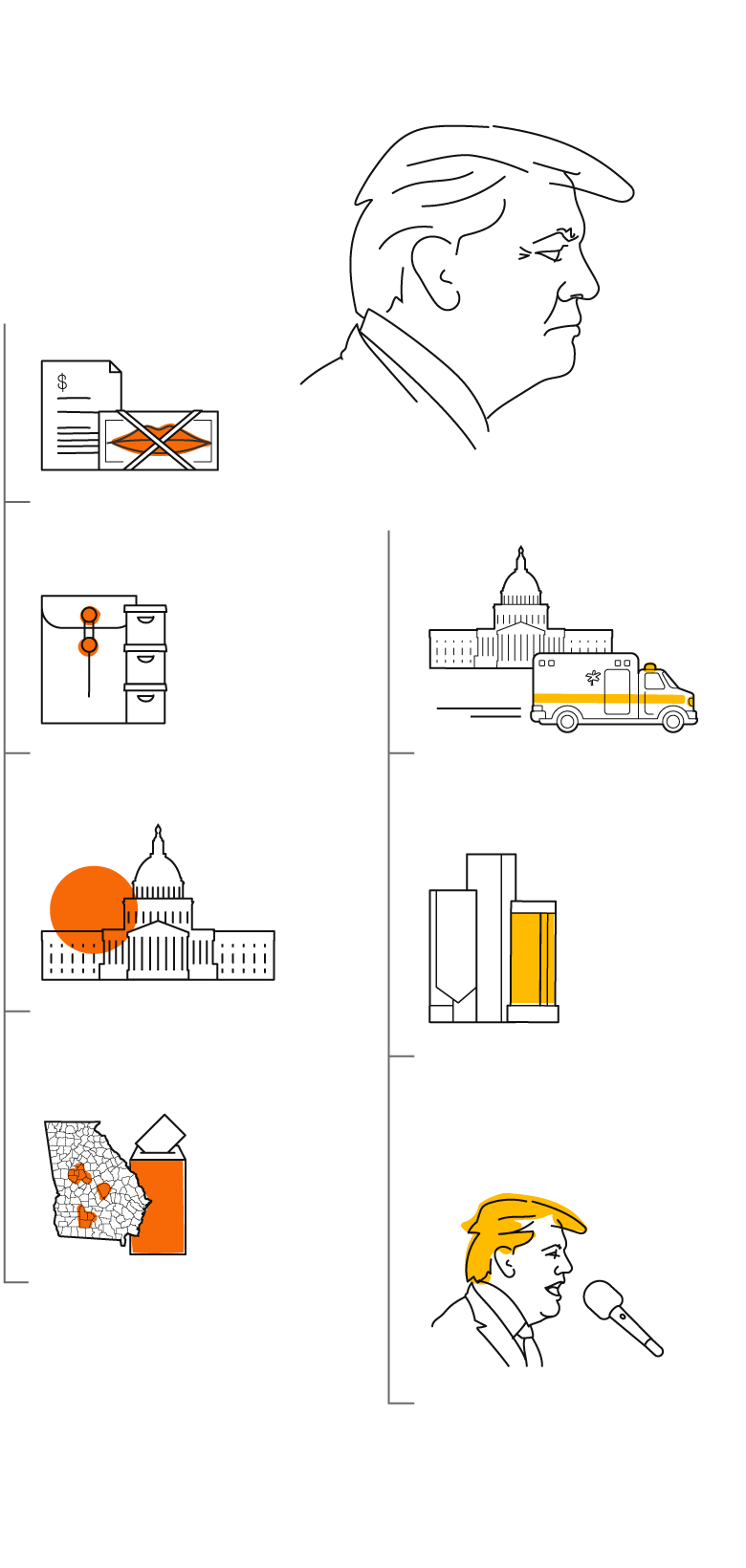Donald Trump's presence on social media has always been a topic of intense interest and debate. As one of the most prominent figures in contemporary politics, his tweets often set the tone for national conversations and influence public opinion. Whether it's through his direct messages or retweets, Trump's use of platforms like Twitter and Facebook continues to capture attention worldwide.
Trump's Latest Tweets: What You Need to Know Right Now! offers a deep dive into the strategies and impacts of his digital communications. This analysis explores not only the content but also the context behind each tweet, helping readers understand their significance in today's political landscape. Let’s delve into some key insights from recent activities and expert analyses.
Analyzing seven months of Donald Trump's tweets reveals patterns that align with his broader communication strategy. Before officially announcing his candidacy last year, Trump shared his intention to walk away with [the election] with a political consultant, indicating an early focus on leveraging social media for campaign purposes. The data suggests that this approach was instrumental in shaping his electoral success, as it allowed him to engage directly with supporters without traditional media filters.
Understanding the Strategy Behind Trump’s Social Media Presence
Beyond just Twitter, President Donald J. Trump maintains an active Instagram profile where he frequently posts photos and updates about his life and presidency. One such post highlighted his visit to the University of Alabama, expressing admiration for the crowd there. With over 34 million followers, his Instagram account serves as another powerful tool in maintaining visibility and connecting personally with audiences who appreciate unfiltered access to their leader.
This dual usage of multiple platforms underscores Trump's understanding of modern media dynamics. By consistently posting across different channels, he ensures maximum reach while tailoring messages specifically suited to each audience type. For instance, visual storytelling works exceptionally well on Instagram, whereas concise commentary thrives within Twitter's character limits.
Experts suggest that this multi-platform strategy helps reinforce brand consistency while allowing flexibility depending on platform-specific strengths. Thus, whether sharing triumphant moments at rallies or discussing policy issues, every update contributes towards building a cohesive narrative around his leadership style.
Evaluating Recent Developments in Trade Policies Through Tweets
Tariffs, tweets, and trade remain central themes in discussions surrounding the Trump administration's economic policies. A panel discussion organized by the Bipartisan Policy Center explored these topics further, examining how recent developments might affect global relations and domestic industries alike. Panelists agreed that clarity regarding intentions behind tariff implementations is crucial moving forward.
President Trump's reliance on Twitter announcements sometimes complicates diplomatic processes since abrupt changes can unsettle allies and adversaries alike. However, proponents argue that this method allows swift responses to evolving situations, ensuring agility in decision-making under pressure. Critics counter that such unpredictability could undermine long-term stability needed for fruitful negotiations.
In light of ongoing debates, monitoring both official statements and informal communications becomes essential for stakeholders involved in international commerce. Understanding nuances embedded within seemingly casual remarks may provide valuable foresight concerning future directions taken by policymakers.
Assessing Public Reaction to Controversial Statements Made via Twitter
Occasionally, President Trump's tweets spark controversy due to perceived breaches of acceptable discourse norms. Such instances occurred when he issued a series of inflammatory remarks using only 140 characters. Despite growing desensitization among audiences accustomed to bold declarations, certain utterances still manage to provoke strong reactions.
For example, critics raised concerns after Trump retweeted videos produced by Britain First, a far-right organization known for promoting racist ideologies. These actions led many observers to question whether boundaries had indeed been crossed, prompting calls for greater accountability measures concerning presidential conduct online.
However, others defend his right to express opinions freely, emphasizing democratic principles protecting free speech even if unpopular or contentious. Ultimately, balancing respect for individual freedoms against societal expectations poses challenges requiring thoughtful consideration from all sides engaged in dialogue surrounding appropriate uses of digital spaces.
Exploring Broader Implications of Presidential Social Media Engagement
The media's fascination with Trump's tweets reflects deeper questions about journalism practices in the digital age. While some dismiss these interactions as mere spectacle, others recognize their potential value as primary sources offering unique perspectives unavailable elsewhere. Recognizing which aspects merit coverage remains critical for responsible reporting amidst information overload.
NDTV reports indicate renewed activity on previously restricted accounts, suggesting shifts in attitudes toward former presidents' continued engagement beyond office tenure. As technology evolves, so too must guidelines governing interaction between leaders and citizens through emerging technologies.
In conclusion, analyzing Trump's latest tweets provides insight into current trends influencing governance styles globally. By considering various viewpoints presented herein, we gain better appreciation for complexities inherent in navigating our increasingly interconnected world shaped significantly by digital communications.

